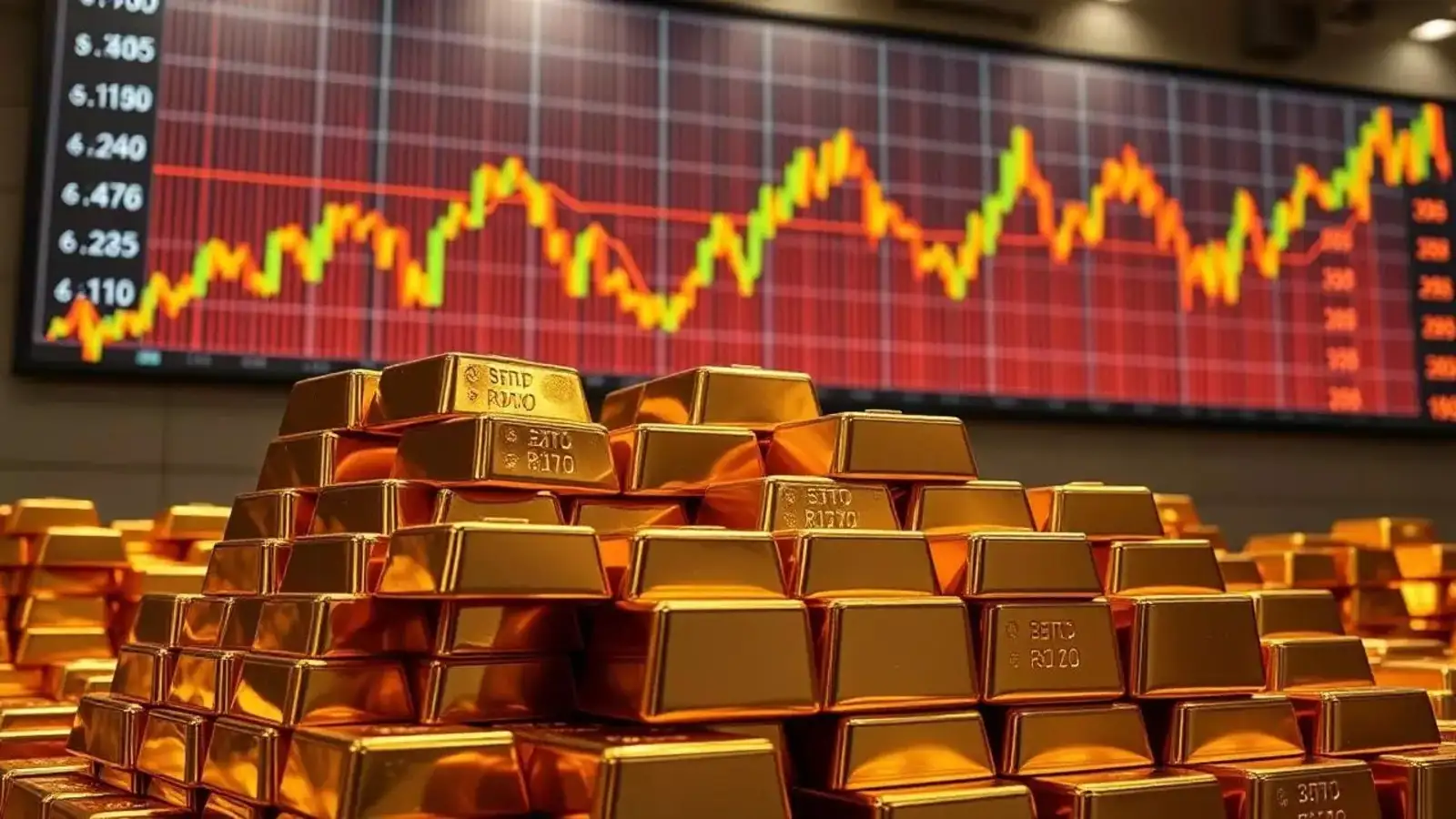Gold’s Role as a Shield Against Uncertainty
Gold has always stood out as one of the most powerful safe-haven assets during turbulent times. In 2025, the precious metal has reached a record high price, with investors worldwide moving their capital into gold to shield themselves from persistent economic instability. Rising inflation, fluctuating currencies, and concerns about global trade have all contributed to this surge. Unlike traditional financial assets, gold is not tied to government debt or corporate performance, making it an anchor of security in periods of uncertainty. According to the World Gold Council, global demand has grown steadily, not only from central banks increasing their reserves but also from individual investors diversifying their portfolios with coins, bars, and exchange-traded products. The metal’s universal recognition as a store of value ensures that it maintains its importance across all regions, from North America to Asia, making it one of the most trusted investment vehicles available today.
Economic Forces Driving the Gold Price Boom
The forces pushing the price of gold higher are diverse and interconnected. One of the strongest drivers is the expectation that major central banks will reduce interest rates, which lowers the appeal of bonds and makes gold comparatively more attractive. In addition, the weakening of the U.S. dollar has made the metal more affordable in international markets, adding to demand. Inflation continues to eat away at consumer purchasing power, and gold has once again proven to be one of the most reliable hedges. According to Investopedia, gold is unique in that it retains its purchasing power even during prolonged inflationary cycles. Beyond inflation, geopolitical tensions and concerns over the independence of monetary authorities are shaping market behavior. In regions such as China and India, where gold carries both cultural and financial importance, demand remains resilient. Instead of reducing purchases during high prices, buyers are shifting toward investment-grade products like bullion bars and coins. This shift highlights gold’s enduring role in both personal wealth preservation and large-scale institutional strategies.
Global Implications for Investors and Markets
The record-high price of gold has far-reaching implications for economies, financial systems, and households around the world. Central banks are responding to growing uncertainty by increasing their gold reserves, strengthening national financial security in case of currency depreciation or economic shocks. At the same time, large investment funds and pension plans are incorporating gold into diversified strategies to mitigate systemic risk. For retail investors, the appeal of buying physical gold has expanded, with platforms like the U.S. Mint reporting higher interest in bullion coins. Meanwhile, the international market has become more competitive, with institutions connected to the London Bullion Market Association setting global standards for quality and transparency. As gold continues to climb, analysts warn that the surge could reshape global investment flows and influence how economies prepare for financial instability. More importantly, the record-setting performance is not simply a temporary spike—it reflects a deeper shift in how investors worldwide perceive financial safety, with gold cementing its role as the ultimate hedge against economic storms.



